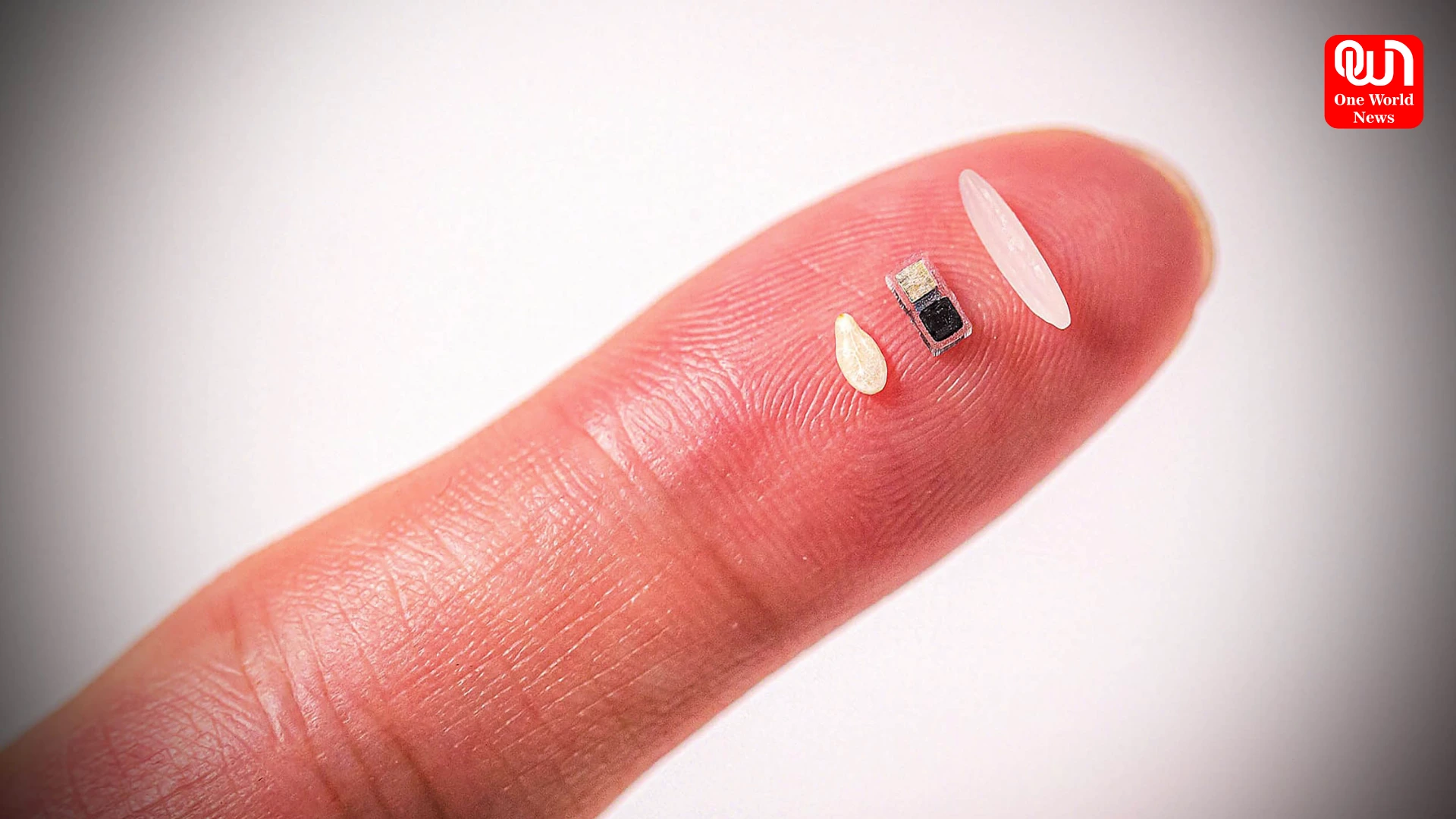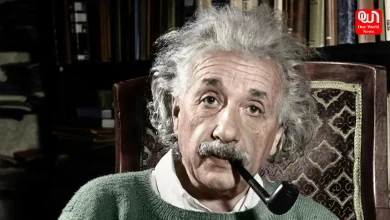World’s Smallest Biodegradable Pacemaker Unveiled: Tiny Tech, Massive Impact
This biodegradable pacemaker is smaller than a grain of rice — and it could revolutionize heart care
Northwestern scientists unveil a wireless, biodegradable pacemaker designed for safer, short-term heart support
The smallest biodegradable pacemaker in the world has been revealed by Northwestern scientists in a ground-breaking discovery. It is even smaller than a rice grain. The ground-breaking gadget which is still in the early phases of development provides a short-term fix for heartbeat regulation and has the potential to fundamentally alter heart care in the future. A study that was published in Nature provides a detailed account of the findings.
This pacemaker represents a major advancement in medical technology since it is powered by light and can dissolve into the body when it is no longer required.
Although human testing of the wireless pacemaker is still years away it is regarded as a transformative breakthrough that may lead to further developments in other medical fields.
The wireless pacemaker is regarded as a transformative breakthrough that may lead to further developments in other fields of medicine even though human testing is not expected for years.
To the best of our knowledge we have created the smallest pacemaker in the world said John A. a pioneer in bioelectronics from Northwestern. Rogers who was in charge of developing the gadget. When it comes to pediatric heart surgeries there is an urgent need for temporary pacemakers and in this situation size minimization is crucial. The smaller the less of a burden the device will have on the body.
Igor Efimov an experimental cardiologist from Northwestern who co-led the study stated Children were our main motivation. Whether a child is born in a high-resource or low-resource nation approximately 1% of them have congenital heart defects. The good news is that these kids just require short-term pacing following surgery. The majority of patients’ hearts will mend themselves in roughly seven days. However those seven days are vitally important. Now we can use a gentle wearable device to gently stimulate a child’s heart by placing this tiny pacemaker on it. And removing it doesn’t require any more surgery.
In order to support the electrical system in your heart a permanent or classic pacemaker can be implanted in your body typically through surgery. This aids in stabilizing heart defects. This aids in the stabilization of irregular cardiac rhythms and helps avoid issues that could jeopardize or disturb your life.
How does the Small Pacemaker Function?
According to a study in the journal Nature the pacemaker is attached to a sensitive patch that is worn on the patient’s chest.
A light signal is sent out by the patch when it detects irregular heartbeats telling the pacemaker which heartbeat to stimulate.
The galvanic cell which powers the pacemaker uses the body’s fluids to transform chemical energy into electrical pulses that control the heart.
According to the study the pacemaker has demonstrated positive outcomes in laboratory tests conducted on human heart tissue mice rats pigs and dogs.
Read More : Adult Autism Awareness Day 2025: Support, Empathy & Understanding Matter
Hazardous Removal
One of the many uses for temporary pacemakers is to assist the heart in returning to a normal rhythm following heart surgery. In addition, temporary pacemakers can serve as a transitional device to permanent pacemakers.
However it is not a joke to disconnect a pacemaker when it is no longer required. The wires are threaded out the front of the patient’s chest and connected to an external pacing box that regulates the heart rhythm after the electrodes are sewn onto the heart muscle by the surgeon.
The electrodes are surgically removed when the device is no longer required bleeding blood clots tissue damage infection and dislodgement are possible side effects.
According to the release Neil Armstrong passed away in this manner following bypass surgery when the wires from his temporary pacemaker were removed. According to Northwestern the renowned astronaut bled internally.
As like absorbable sutures the tiny pacemakers dissolve. The number of days that materials can be used before dissolving is precisely determined by their thickness and composition.
Read More : 2025 Death Anniversary of Albert Einstein: Learning His Last Words and His Last Moments
We Have New Technology
In the past researchers from Northwestern created a dissolvable pacemaker but it was only a quarter in size. Because it used the same technology as smartphones for electronic payments it required an integrated antenna. They were unable to further reduce it because of this.
They were able to reduce the device to its injectable size by using light pulses rather than radio frequencies.
Then they addressed the source of power. Using a galvanic cell, a basic battery that converts chemical energy into electrical energy, the tiny pacemaker operates. Biofluids activate the two separate metals that serve as electrodes to send electric pulses to the heart forming a battery that can pump blood to the heart.
In the press release Rogers stated The surrounding biofluids function as the conducting electrolyte that electrically joins those two metal pads to form the battery when the pacemaker is implanted into the body. . A tiny light-activated switch on the other side of the battery enables us to switch the device from an off to an on state when light from the skin-mounted patch enters the patient’s body.
Infrared light which the patch emits is safe and effectively penetrates the body. Efimov compared it to seeing the light from a flashlight shine through your palm. Our bodies are excellent light conductors it turns out.
The rice-sized gadget stimulates the heart just as effectively as a full-sized pacemaker and it requires very little.
We’re now on WhatsApp. Click to join.
Like this post?
Register at One World News to never miss out on videos, celeb interviews, and best reads.








